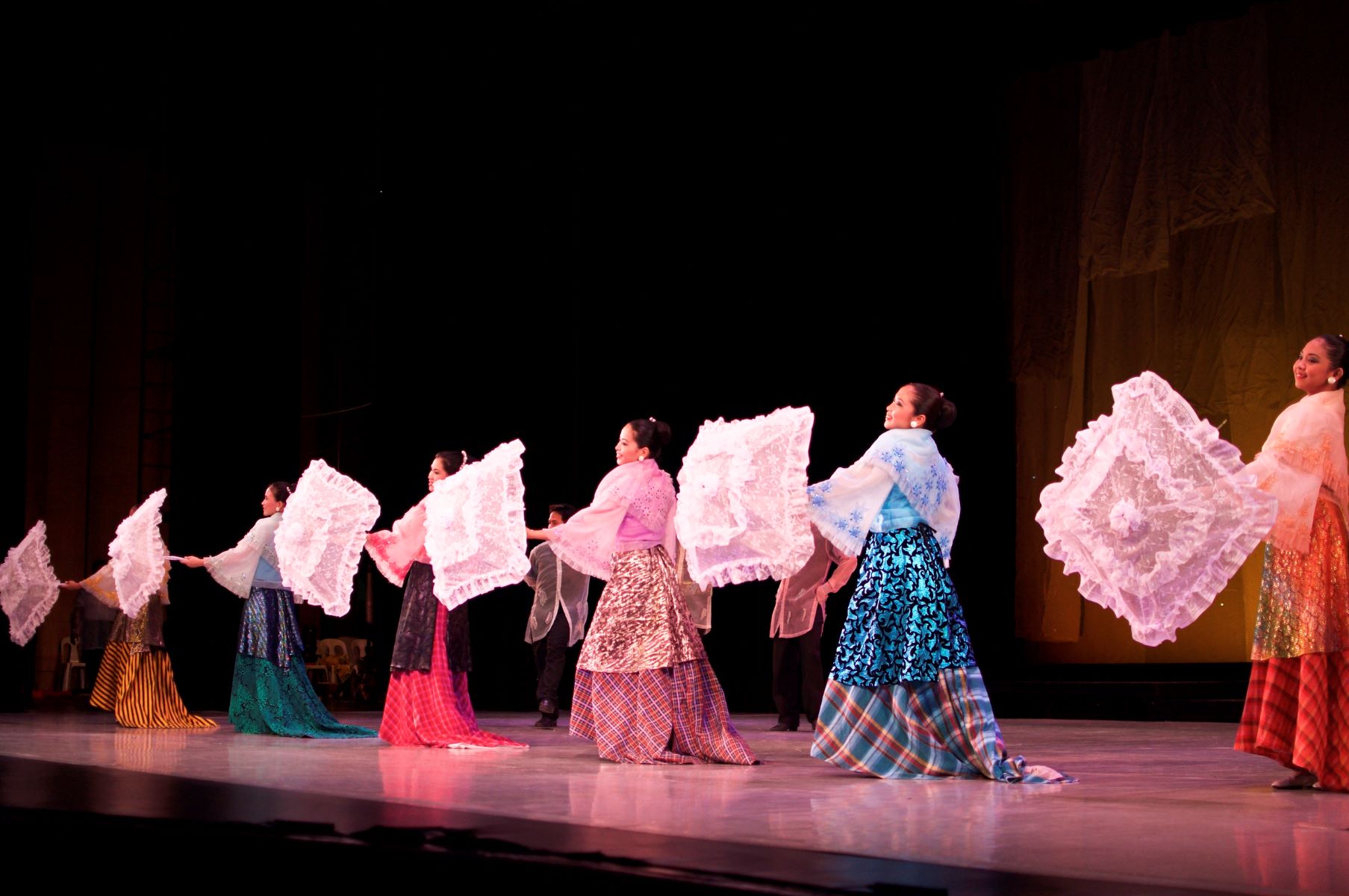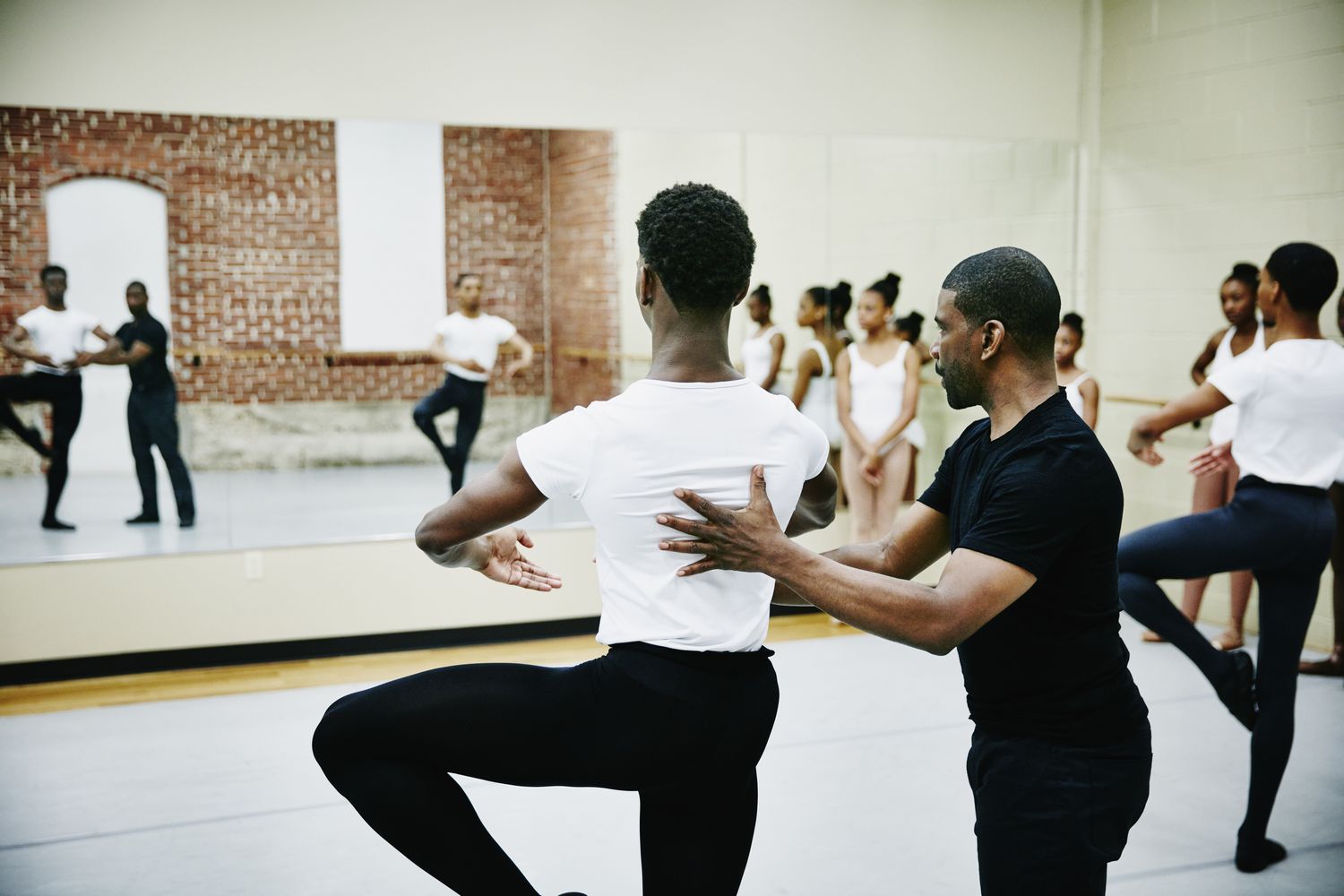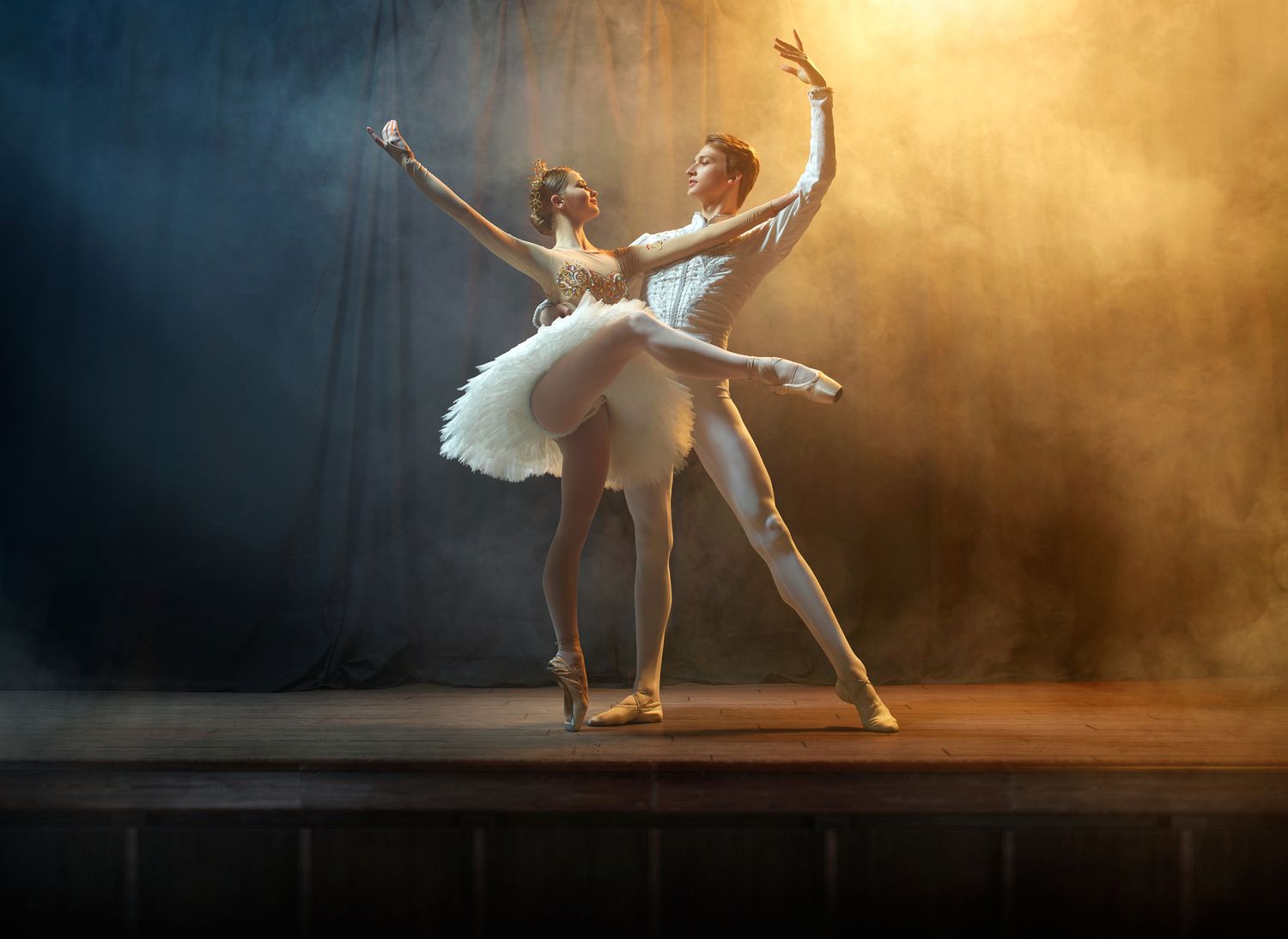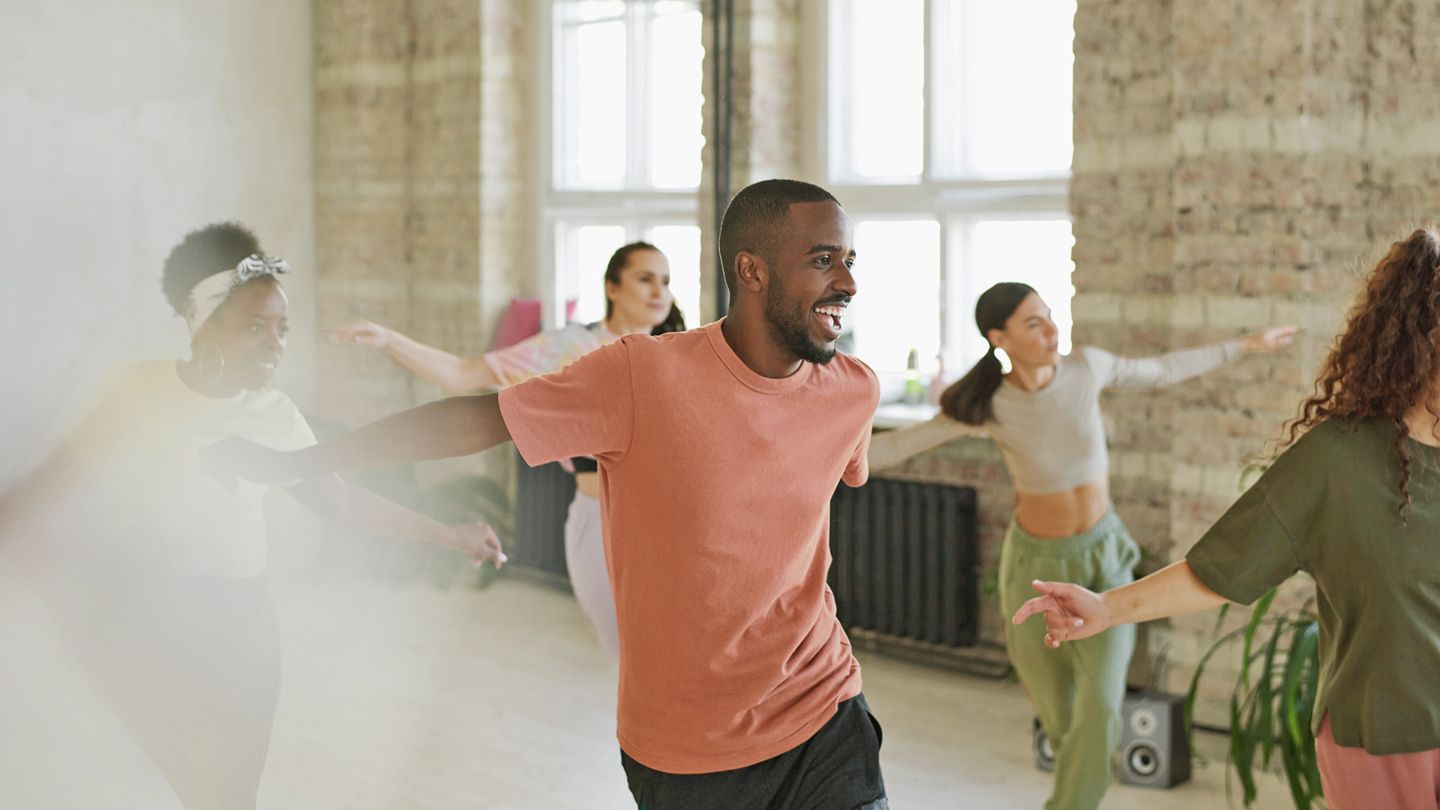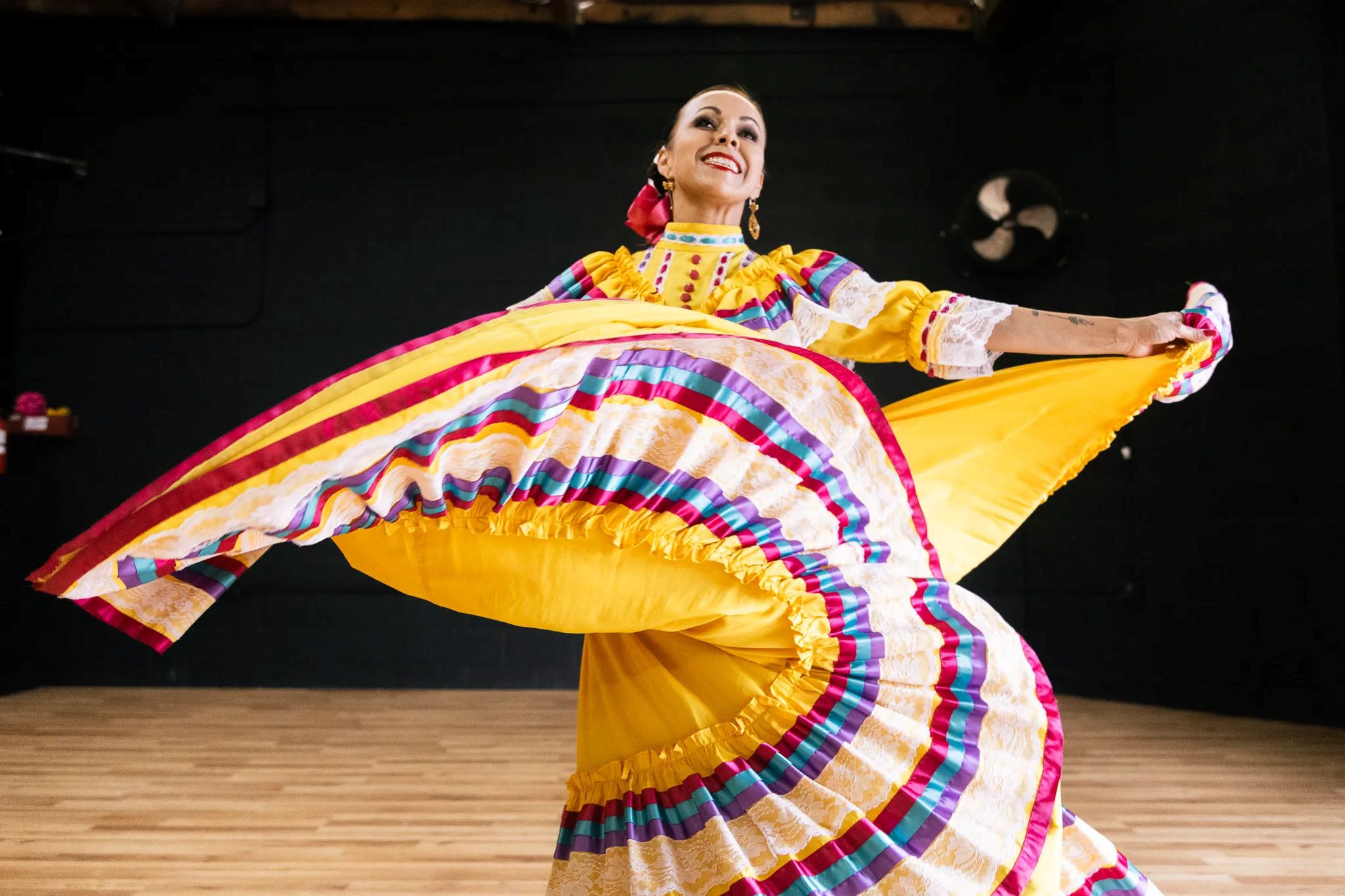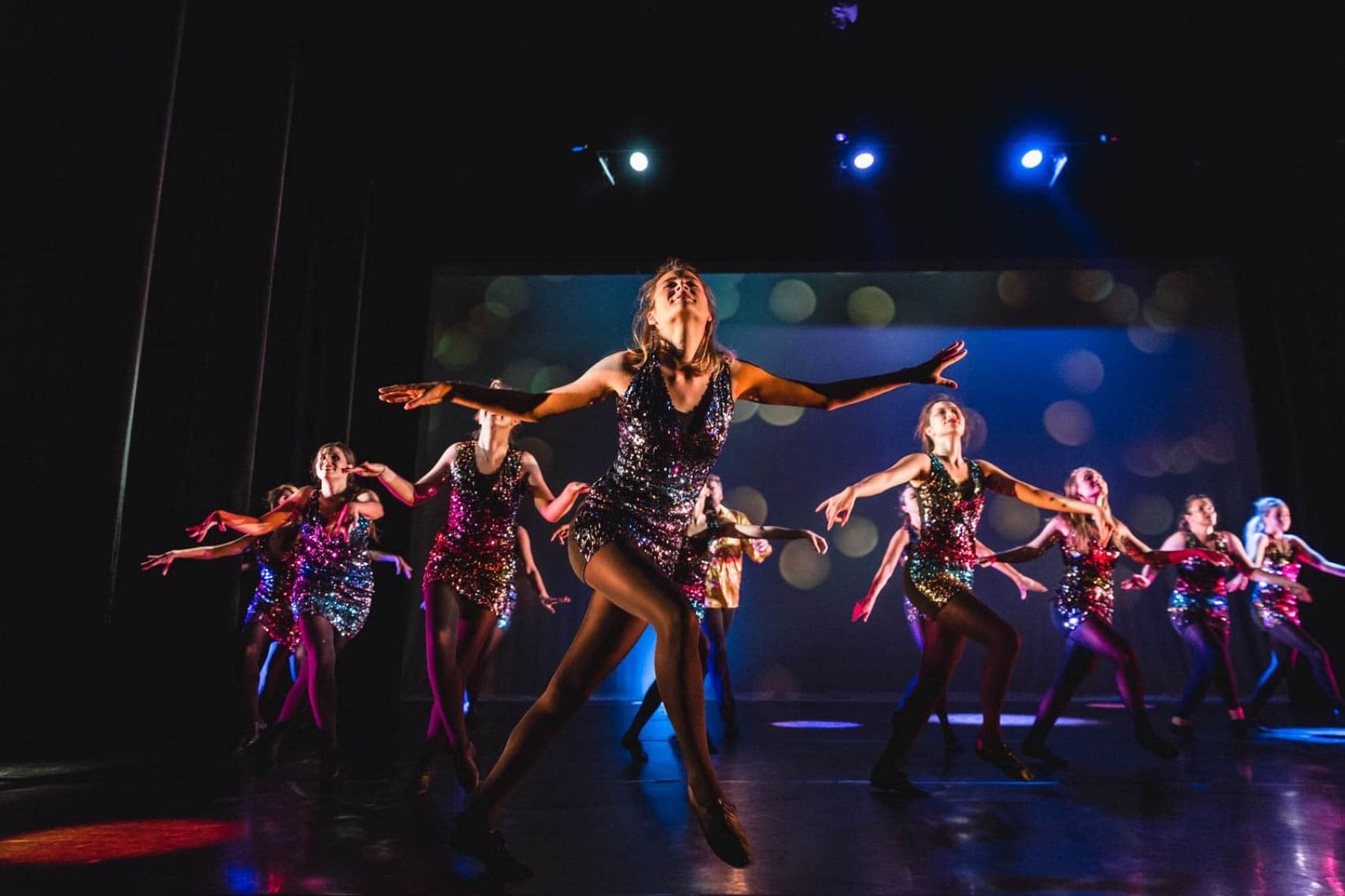

Jazz
How To Dance Jazz
Modified: January 29, 2024
Learn the art of Jazz dancing with our comprehensive guide. From beginner steps to advanced techniques, discover the joy of moving to the soulful rhythms of Jazz.
(Many of the links in this article redirect to a specific reviewed product. Your purchase of these products through affiliate links helps to generate commission for AudioLover.com, at no extra cost. Learn more)
Table of Contents
Introduction
Jazz dance is a lively and captivating art form that has its roots in African American vernacular dance. Developed alongside jazz music in the early 20th century, it combines elements of various dance styles, including African, Caribbean, and European, to create a unique and expressive form of movement.
Known for its syncopated rhythms, fluid movements, and improvisational nature, jazz dance has become popular not only in the entertainment industry but also as a form of recreation and self-expression. It requires technical skill, musicality, and a deep understanding of the music to truly embody the essence of jazz dance.
In this article, we will delve into the world of jazz dance, exploring its history, basic moves, techniques, styles, and even tips for improving your skills. Whether you’re a seasoned dancer or a beginner looking to explore a new art form, this article will provide you with a comprehensive overview of the vibrant and dynamic world of jazz dance.
Understanding Jazz Dance
Jazz dance is more than just a form of movement; it is a reflection of the cultural and social dynamics of the time. It emerged during the early 20th century when African Americans infused their cultural heritage and rhythms into the evolving jazz music scene.
One of the defining characteristics of jazz dance is its incorporation of syncopated rhythms and polyrhythms. Dancers use their bodies to respond to the complex and intricate beats of jazz music, creating a visual representation of the music’s energy and expression.
Another key aspect of jazz dance is its emphasis on individual expression and improvisation. While there are set choreographies and sequences, jazz dance allows room for dancers to add their own personal touch and interpretation. This aspect of improvisation gives jazz dance a unique and exciting quality.
Furthermore, jazz dance is known for its versatility and adaptability. It draws inspiration from various dance styles, such as ballet, tap, and contemporary, blending them together to create a fusion of movement vocabularies. This fusion allows jazz dance to be dynamic, expressive, and constantly evolving.
To truly understand jazz dance, one must also recognize its connection to the African diaspora and its role in cultural expression. Jazz dance carries the history, pain, joy, and resilience of the African American community, showcasing their journey through generations of slavery, segregation, and cultural reclamation.
Overall, jazz dance is a celebration of movement, music, and individuality. It is a vibrant and dynamic art form that continues to evolve and inspire dancers of all backgrounds and skill levels. In the following sections, we will explore the basic moves, techniques, styles, and even choreography and improvisation within the world of jazz dance.
Basic Jazz Dance Moves
Jazz dance encompasses a wide range of movements, each with its own unique flair and style. Below are some of the basic jazz dance moves that form the foundation of this energetic and expressive art form:
- Chasse: The chasse is a gliding step that involves a quick shift of weight from one foot to another. It is often performed with a side-to-side motion and can be executed with varying levels of intensity and speed.
- Turns: Turns are an essential part of jazz dance. Pirouettes, also known as spins, are commonly used to add elegance and dynamic movement to jazz choreography. Other turns such as chain turns, fouette turns, and pencil turns are also prevalent in jazz dance.
- Kicks: Kicks are a staple in jazz dance, adding power and excitement to performances. High kicks, fan kicks, and split kicks are some of the popular variations used in jazz routines. Proper technique and flexibility are crucial for executing kicks with precision and control.
- Leaps: Leaps showcase the athleticism and dynamism of jazz dance. These large, airborne movements combine strength, fluidity, and grace. Common leaps in jazz dance include the grand jeté, tour jeté, and stag leap.
- Isolations: Isolations involve moving specific parts of the body while keeping the rest still. This technique allows dancers to create sharp and precise movements, emphasizing the control and versatility of their muscles. Isolations can be applied to the head, shoulders, chest, hips, and various other body parts.
These are just a few examples of the basic jazz dance moves that form the foundation of this vibrant dance style. It is important to note that mastering these moves takes time, practice, and proper technique. Building a strong foundation in these fundamental movements will allow dancers to explore and incorporate more complex and intricate choreography in the future.
Techniques for Jazz Dance
Jazz dance is characterized by its unique technique, which requires a combination of strength, flexibility, and coordination. Here are some techniques that are essential for mastering jazz dance:
- Alignment and Posture: Proper alignment and posture are crucial in jazz dance. Dancers should strive for a straight spine, engaged core, and aligned hips, knees, and ankles. Good posture not only enhances the overall aesthetic of the movements but also promotes efficient and safe execution.
- Extension: Extension refers to the ability to lengthen the body and limbs fully. Jazz dancers strive for long lines through their legs and arms, achieving maximum reach and extension in their movements. This requires both flexibility and strength in the muscles.
- Turnout: Turnout is the rotation of the legs from the hips, creating a V-shape. It is an important aspect of jazz dance as it aids in stability, balance, and fluidity of movement. Developing and maintaining a strong turnout is key to executing jazz dance movements with precision.
- Isolation: Isolation is the ability to move one body part independently from the rest of the body. Jazz dancers often incorporate isolations into their choreography to create dynamic and controlled movements. Developing this technique requires body awareness and practice.
- Syncopation and Musicality: Jazz dance is deeply connected to the rhythmic patterns and syncopated beats of jazz music. Dancers must have a strong sense of musicality, being able to accentuate and interpret different rhythms and beats in their movements. Syncopation adds an element of surprise and flair to jazz dance routines.
Additionally, jazz dance often incorporates elements from other dance styles, such as ballet and modern dance. Familiarity with these techniques can further enhance the quality and versatility of jazz dance performances. Flexibility training, strength conditioning, and regular practice are essential for mastering these techniques in jazz dance.
Remember, technique is the foundation upon which jazz dance is built. By honing these fundamental skills, dancers can develop a strong technical base that allows them to express themselves creatively and confidently on the dance floor.
Jazz Dance Styles
Jazz dance is known for its versatility and adaptability, which has led to the development of various styles within the genre. Each style has its own unique characteristics and influences. Here are some popular jazz dance styles:
- Traditional Jazz: Also known as classic jazz, this style is rooted in the jazz music of the early 20th century. It incorporates elements of African, Caribbean, and European dance, and is characterized by energetic movements, syncopated rhythms, and improvisation.
- Contemporary Jazz: Contemporary jazz is a fusion of jazz dance with elements from other modern dance styles. It combines fluid and organic movements with technical precision. Contemporary jazz often explores emotion, storytelling, and individual expression.
- Funk Jazz: As the name suggests, funk jazz infuses the funk music style into jazz dance. It incorporates elements of street dance, hip-hop, and funk, and is characterized by groovy and upbeat movements. Funk jazz often involves intricate footwork, isolations, and rhythmic patterns.
- Lyrical Jazz: Lyrical jazz combines the fluidity and expressiveness of ballet with the technicality and syncopation of jazz dance. It emphasizes storytelling through movement and focuses on interpreting the lyrics and emotions of the music. Lyrical jazz often features graceful and flowing movements with emotional intensity.
- Latin Jazz: Latin jazz blends elements of jazz dance with traditional Latin American dances, such as salsa, mambo, and cha-cha. It incorporates vibrant rhythms, intricate footwork, and sensual movements. Latin jazz is known for its dynamic energy and joyful expressions.
These are just a few examples of the diverse range of jazz dance styles. Each style offers its own unique flavor, allowing dancers to explore different rhythms, movements, and cultural influences. It’s important for dancers to experiment with various styles to broaden their understanding and appreciation of jazz dance as a whole.
Moreover, it’s worth noting that jazz dance styles continue to evolve and adapt as new influences come into play. Dancers and choreographers often create hybrid styles by blending jazz with other genres, resulting in a continuous evolution of the art form.
Whether you’re drawn to the classic elegance of traditional jazz or the infectious energy of funk jazz, exploring different jazz dance styles allows dancers to embrace their individuality and find their own unique voice within the genre.
Jazz Dance Choreography
Jazz dance choreography is a creative and expressive process that combines movement, music, and storytelling. Choreographers use their artistic vision and understanding of jazz dance to create captivating and engaging routines. Here are some key elements and considerations in jazz dance choreography:
- Concept and Theme: Choreographers begin by brainstorming ideas and selecting a concept or theme for their piece. This could be inspired by a specific emotion, story, or musical composition. The concept serves as the foundation for the movements and overall narrative of the dance.
- Music Selection: The choice of music is crucial in jazz dance choreography. Choreographers select songs with jazz or jazz-inspired compositions that complement the theme and concept of the piece. The rhythm, tempo, and dynamics of the music influence the choreographic decisions made.
- Structural Elements: Jazz dance choreography often includes a variety of structural elements, such as formations, transitions, and dynamics. Choreographers establish the spatial arrangement of dancers on the stage, create smooth transitions between movements or sections, and utilize changes in energy and intensity to enhance the visual impact of the piece.
- Technical Movements: Jazz dance choreography incorporates a wide range of technical movements, including turns, jumps, kicks, and isolations. Choreographers carefully select and sequence these movements to create visually appealing and technically challenging combinations.
- Artistic Expression: Jazz dance choreography allows for individual expression and interpretation. Choreographers encourage dancers to bring their own style and personality into the performance, infusing the movements with their unique energy and emotions.
Throughout the choreographic process, collaboration and experimentation play a crucial role. Choreographers work closely with dancers, allowing their input and feedback to shape the final piece. They also explore different movement possibilities and refine the choreography through rehearsals and feedback sessions.
Jazz dance choreography is a dynamic and ever-evolving art form. It embraces creativity, individuality, and the rich musicality of jazz. Whether it’s a high-energy, fast-paced routine or a lyrical, emotionally charged performance, jazz dance choreography has the power to captivate audiences and convey powerful stories through movement.
Jazz Dance Improvisation
Jazz dance is closely associated with improvisation, which allows dancers to think on their feet and respond spontaneously to the music. Improvisation is a key component of jazz culture and is deeply rooted in the history of the art form. Here are some insights into improvisation in jazz dance:
Improvisation in jazz dance involves creating movements in real time, often in response to the rhythm, melody, and mood of the music. It requires a deep understanding of musicality, rhythm, and the ability to interpret and embody the essence of the music through movement.
One of the hallmarks of jazz dance improvisation is the freedom to express oneself through individual style and interpretation. Dancers are encouraged to explore their creativity and embrace spontaneity, allowing their movements to flow naturally. This allows for a more personal and unique connection between the dancer, music, and audience.
Improvisation in jazz dance can take various forms. It can occur within a choreographed piece, where dancers have the freedom to add their own embellishments or variations to the choreography. It can also be showcased through solo performances, where dancers take the spotlight and express themselves freely without any predetermined movements or steps.
Key elements to consider in jazz dance improvisation include musicality, rhythm, dynamics, and connections. Dancers strive to connect with the music, finding ways to synchronize their movements with the rhythm and accentuate the musical nuances. They explore variations in dynamics, playing with the contrast of sharp and smooth movements, fast and slow phrases.
Improvisation in jazz dance not only challenges dancers to expand their technical abilities but also encourages them to trust their instincts and embrace the unexpected. It fosters a sense of spontaneity and playfulness, allowing dancers to showcase their personalities and creativity on stage.
By incorporating improvisation into their practice, jazz dancers can enhance their ability to adapt to different styles of music, connect with the audience on a deeper level, and push the boundaries of their art form. It is a skill that requires practice, intuition, and a willingness to take risks, ultimately contributing to the richness and vibrancy of jazz dance performances.
Tips for Improving Jazz Dance Skills
Improving jazz dance skills requires dedication, practice, and a willingness to explore different aspects of the art form. Here are some tips to help you enhance your jazz dance abilities:
- Master Basic Techniques: Building a strong foundation is essential for any dance style. Take the time to master the basic jazz dance techniques, such as turns, kicks, leaps, and isolations. Focus on proper alignment, extension, and control to ensure clean and precise movements.
- Train in Multiple Styles: Jazz dance draws inspiration from various other dance styles. Expand your dance vocabulary by training in disciplines such as ballet, contemporary, and hip-hop. Familiarity with different styles will enrich your movement quality and versatility.
- Work on Strength and Flexibility: Strengthening your muscles and improving flexibility will significantly enhance your jazz dance abilities. Incorporate strength training exercises, such as planks and squats, into your regular workout routine. Additionally, make stretching a daily practice to increase your range of motion.
- Focus on Musicality and Rhythm: Jazz dance is intricately connected to music, so developing a strong sense of musicality is crucial. Practice counting music, identifying accents and rhythms, and understanding the structure of different musical genres. This will help you sync your movements to the music and enhance your performance.
- Attend Workshops and Classes: Take advantage of opportunities to learn from experienced jazz dance instructors through workshops and classes. These sessions not only expose you to new techniques and styles but also provide valuable feedback and guidance to improve your skills.
- Watch and Learn from Professionals: Study the performances of renowned jazz dancers to gain inspiration and insight into their style and technique. Watch videos, attend live performances, and analyze their movements. Pay attention to their musicality, body control, and unique interpretations.
- Practice Improvisation: Developing your improvisational skills can greatly enhance your jazz dance abilities. Set aside time for freestyle sessions where you can experiment with movement and explore your personal style. Trust your instincts and let your creativity flow.
- Perform and Seek Feedback: Regularly showcase your jazz dance skills by taking part in performances or joining dance competitions. Embrace the opportunity to perform in front of an audience and receive constructive feedback from judges or instructors. This will help you identify areas for improvement and grow as a dancer.
Remember, improving jazz dance skills is a continuous journey. Be patient with yourself, stay dedicated to your practice, and always seek opportunities for growth and inspiration. With time and effort, you will see progress and become more confident in your jazz dance abilities.
Famous Jazz Dancers
Jazz dance has been shaped and influenced by many talented and influential dancers throughout history. These individuals have not only showcased their exceptional skills but also made significant contributions to the art form. Here are a few of the most famous jazz dancers:
- Bob Fosse: Known for his unique style and signature jazz movements, Bob Fosse is an iconic figure in jazz dance. His choreography, highlighted in Broadway shows like “Chicago” and “Cabaret,” is characterized by intricate isolations, provocative movements, and a distinctive use of hats and canes.
- Michael Jackson: Often referred to as the “King of Pop,” Michael Jackson was not only a renowned singer and songwriter but also an incredible performer. He incorporated elements of jazz dance into his iconic music videos, showcasing his smooth lines, precise footwork, and dynamic style. His influence on the world of dance is immeasurable.
- Anne Teresa De Keersmaeker: While primarily known for her contemporary dance work, Anne Teresa De Keersmaeker’s choreography often draws inspiration from jazz dance. Her innovative approach combines technical skill with improvisational elements and has earned her recognition as one of the leading choreographers of our time.
- Savion Glover: Renowned for his mastery of tap dance, Savion Glover has revitalized the art form and brought it to new heights. His unique blend of jazz rhythms, intricate footwork, and boundless energy has captivated audiences around the world. Glover’s contributions to the world of jazz dance and tap have earned him numerous accolades.
- Liza Minnelli: Primarily known as a singer and actress, Liza Minnelli is also celebrated for her jazz-inspired dance performances. She is renowned for her dynamic stage presence, precise movements, and seamless blend of jazz and musical theater styles. Her iconic role in the film “Cabaret” showcased her exceptional jazz dance abilities to a global audience.
These are just a few examples of the many influential jazz dancers who have shaped and contributed to the art form. Each dancer has made a significant impact in their own way, leaving a lasting legacy and inspiring generations of performers to come.
By studying the work of these famous jazz dancers, aspiring performers can gain inspiration, learn from their techniques, and continue to push the boundaries of the art form. Their contributions have played a vital role in preserving jazz dance and ensuring its continued popularity and relevance in the world of dance.
Conclusion
Jazz dance is a vibrant and expressive art form that celebrates the beauty of movement and music. It is deeply rooted in African American culture and has evolved over the years to become a versatile and influential genre of dance. From its syncopated rhythms to its dynamic improvisation, jazz dance captures the essence of individuality, creativity, and self-expression.
In this article, we have explored various aspects of jazz dance, including its history, basic moves, techniques, styles, choreography, and improvisation. We have highlighted the importance of mastering fundamental techniques, understanding musicality, and embracing personal style to excel in jazz dance. We have also discussed some of the most famous jazz dancers who have significantly impacted the genre.
Whether you are an experienced dancer or a novice eager to explore the world of jazz dance, we hope that the information provided has deepened your understanding and appreciation for this captivating art form. By practicing regularly, seeking inspiration, and continuing to learn and grow, you can develop your skills and find your own unique voice in the realm of jazz dance.
Remember, jazz dance is not just about the steps and movements; it is about embodying the spirit of the music and allowing it to guide your body. So, put on some swinging jazz tunes, let the rhythm move you, and experience the joy and freedom that jazz dance has to offer. Let your body become an instrument, and let the improvisation and creativity flow as you express yourself through this dynamic and exciting dance style.

